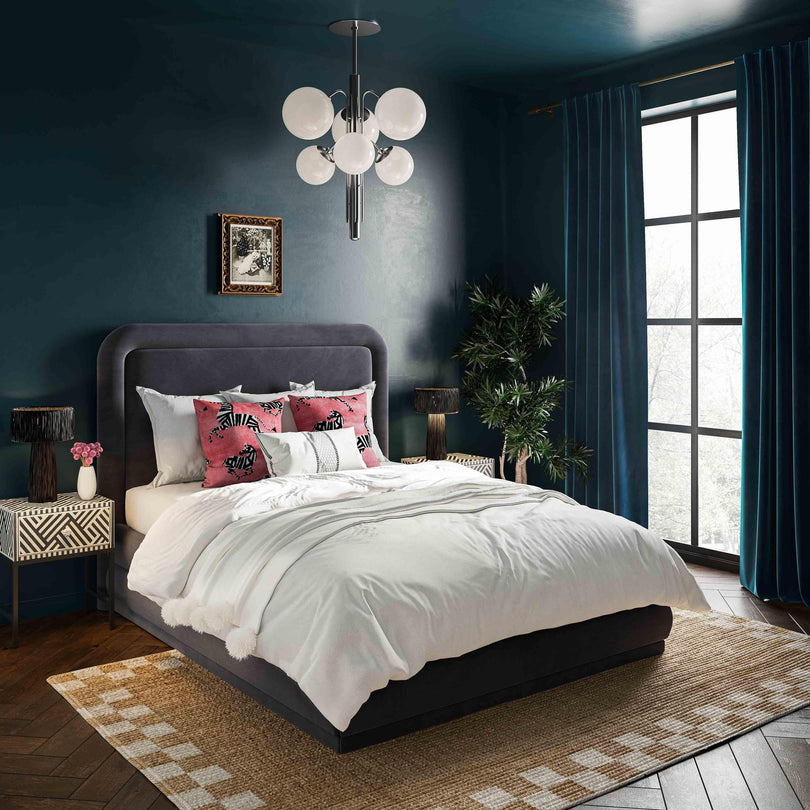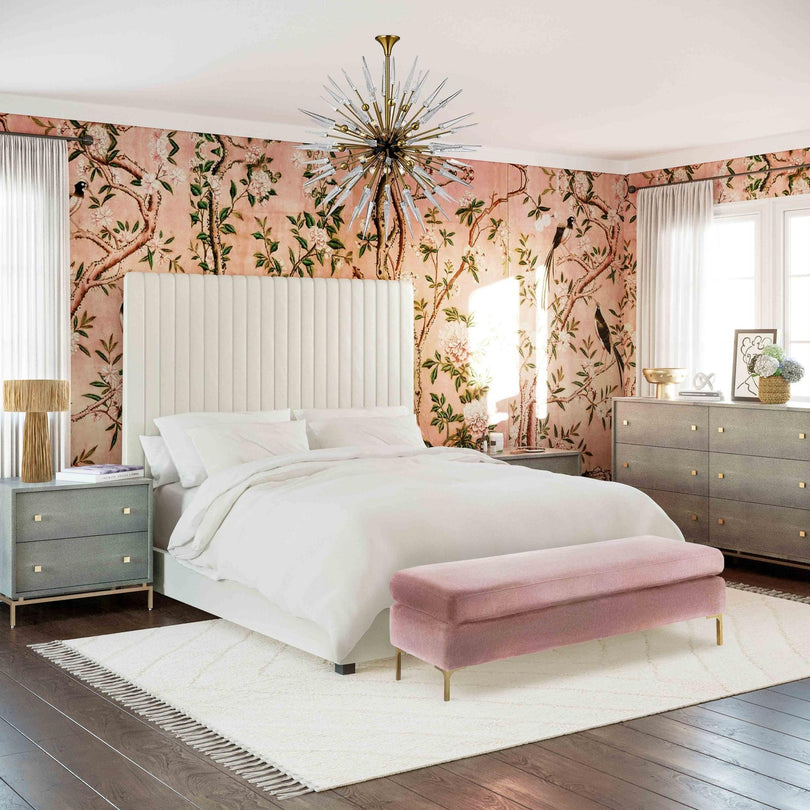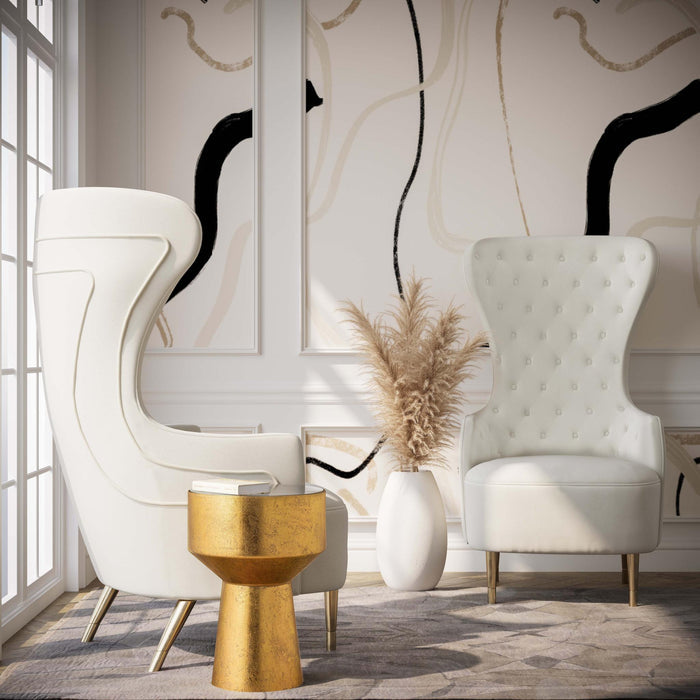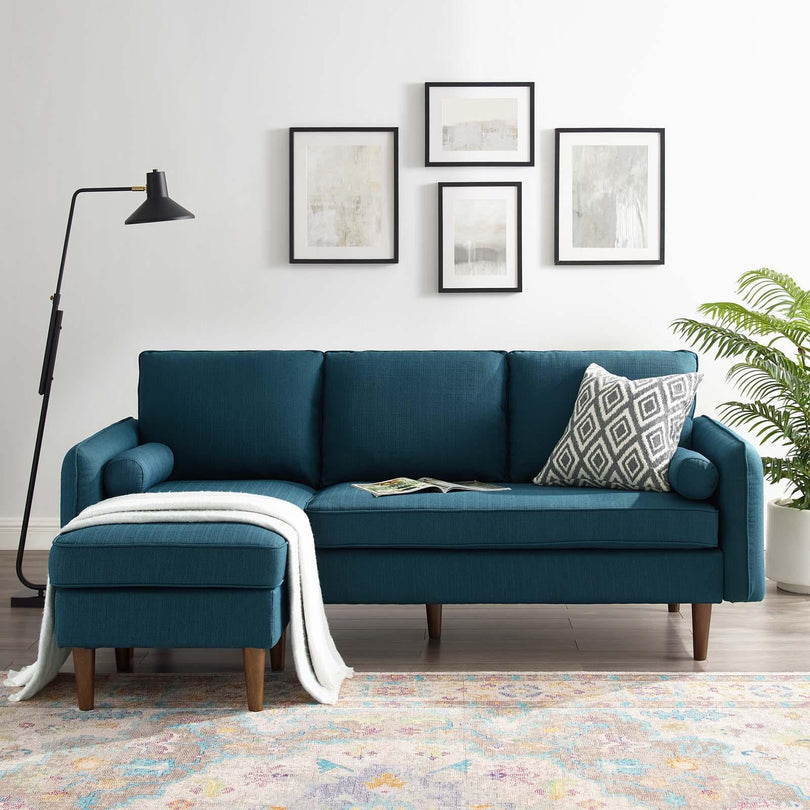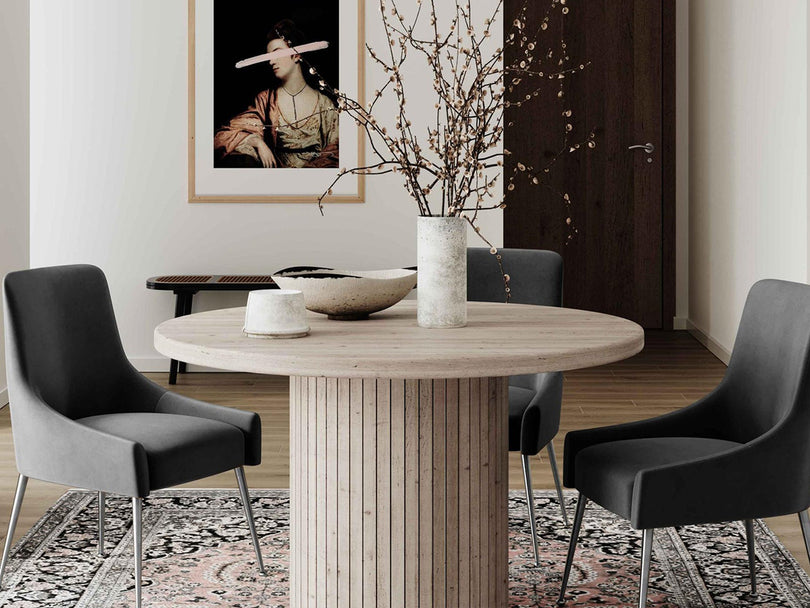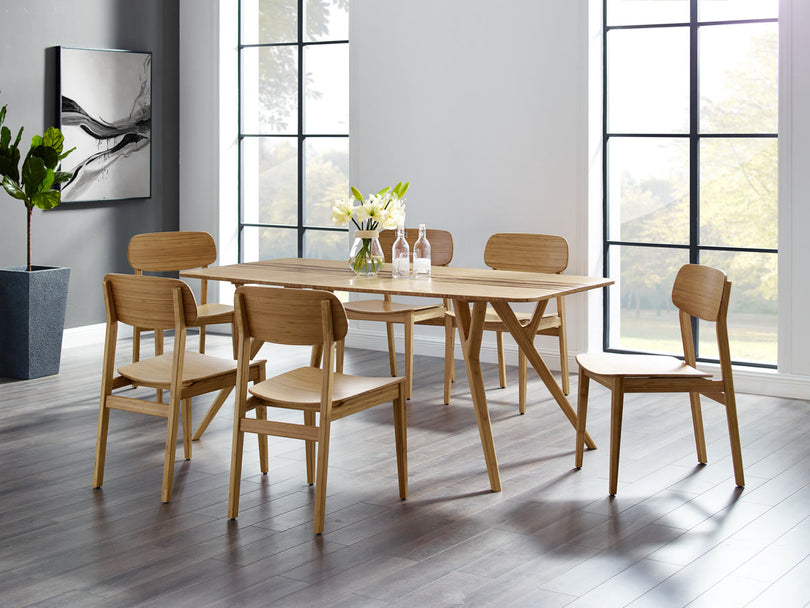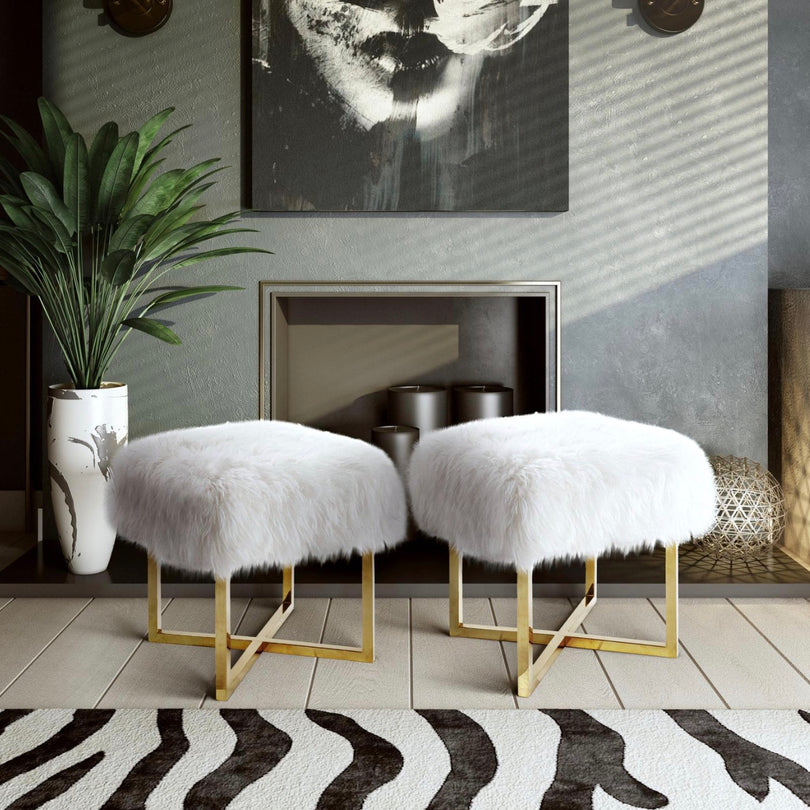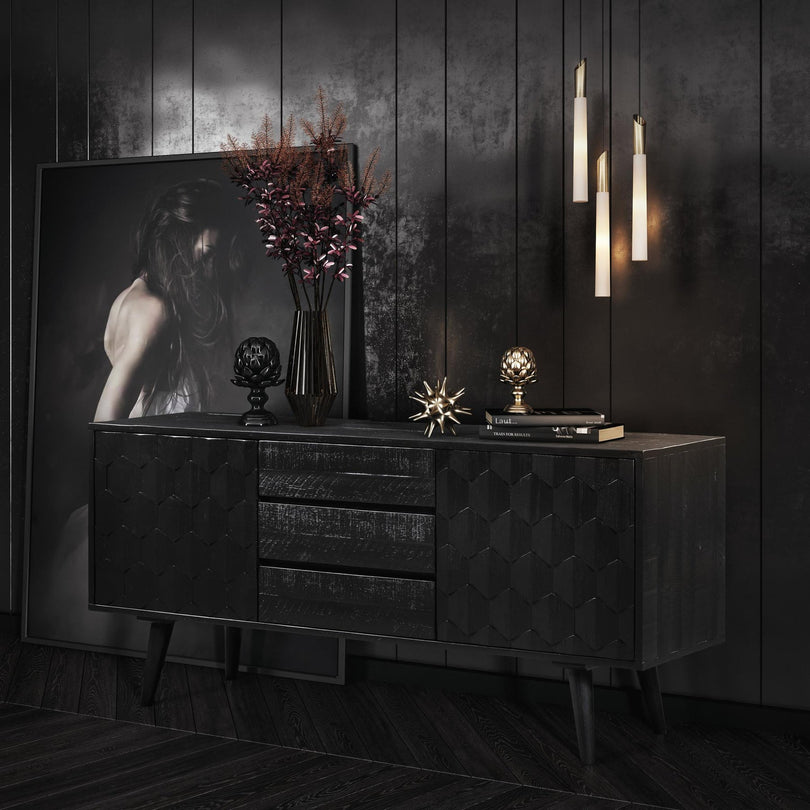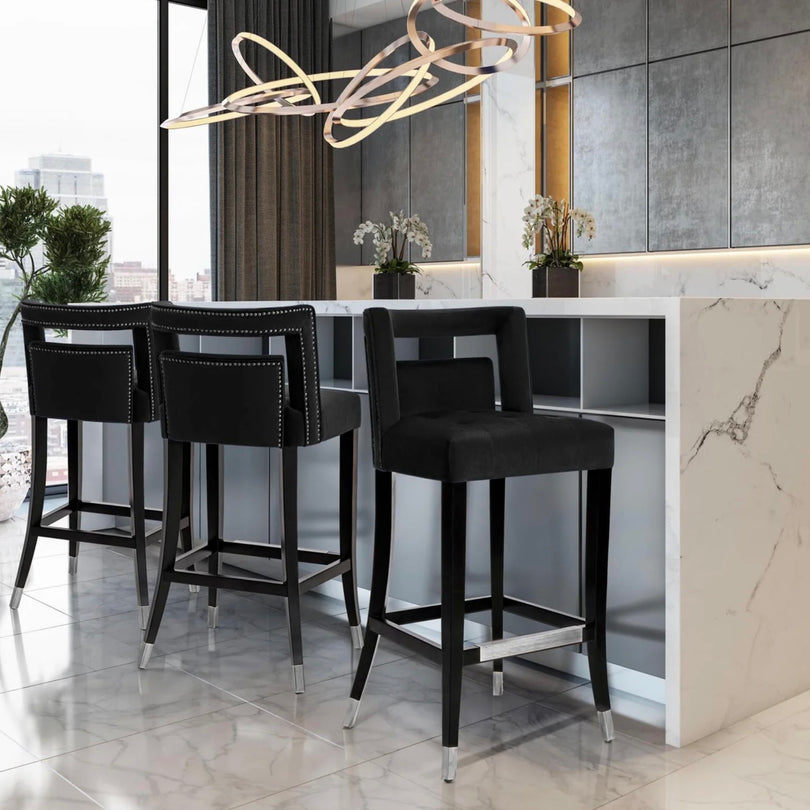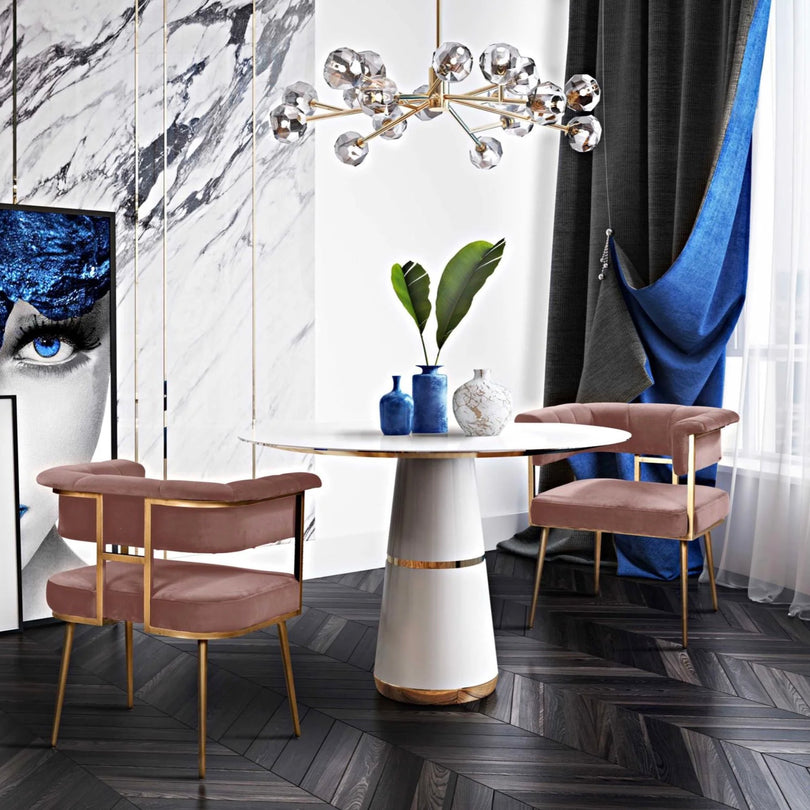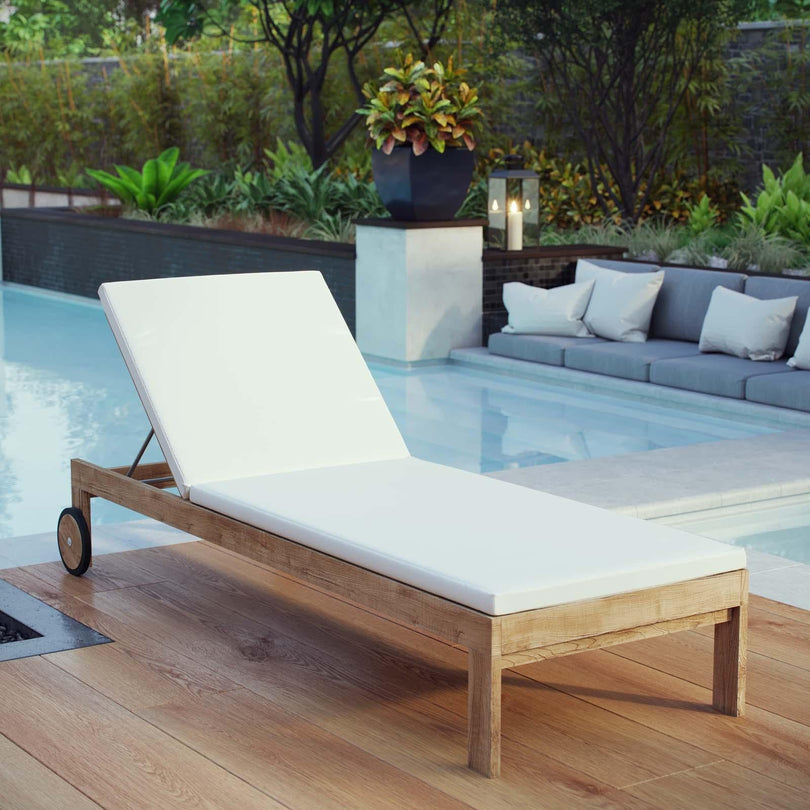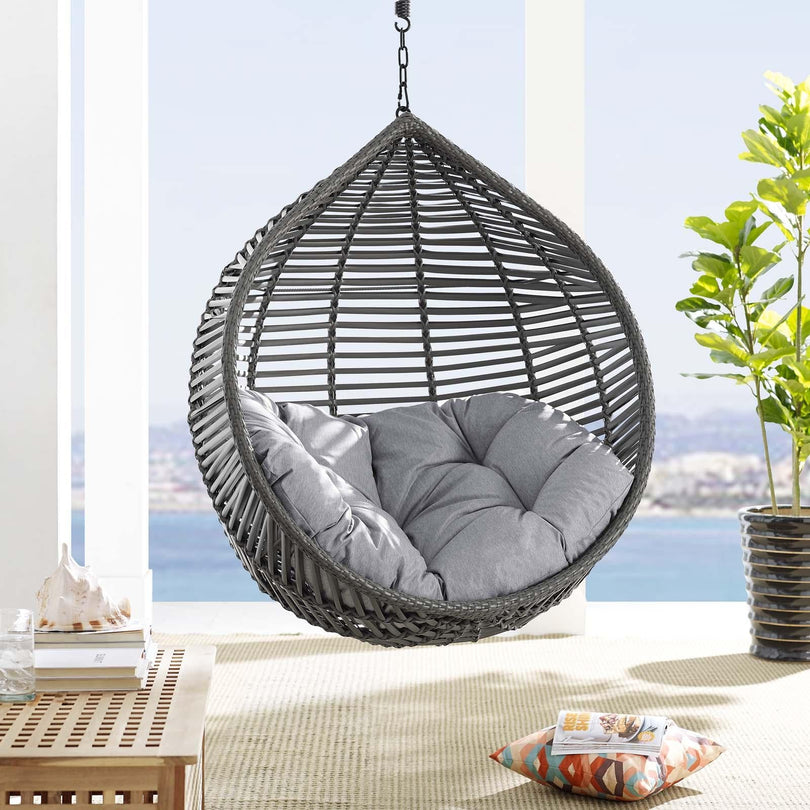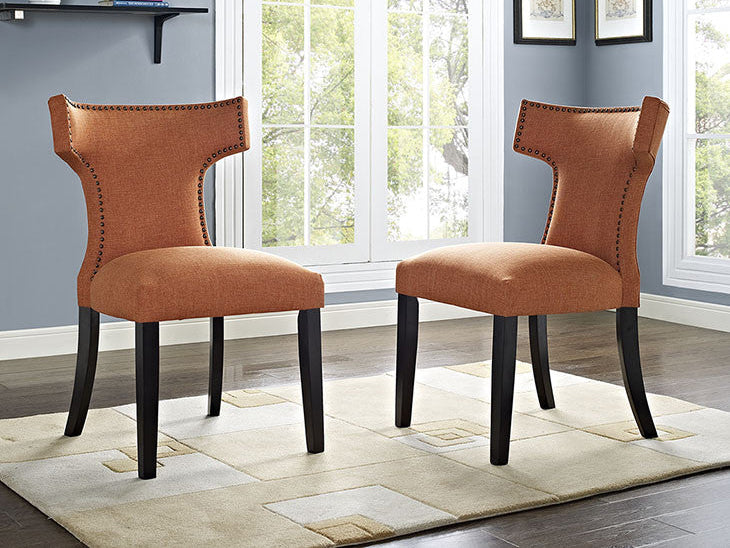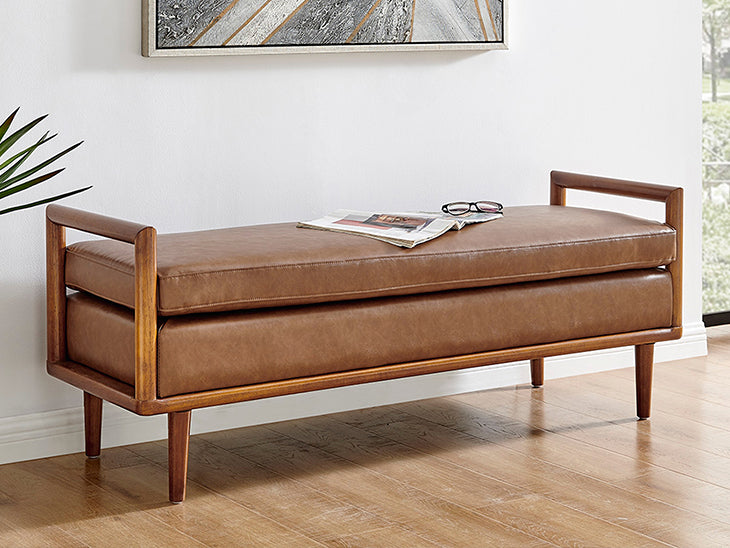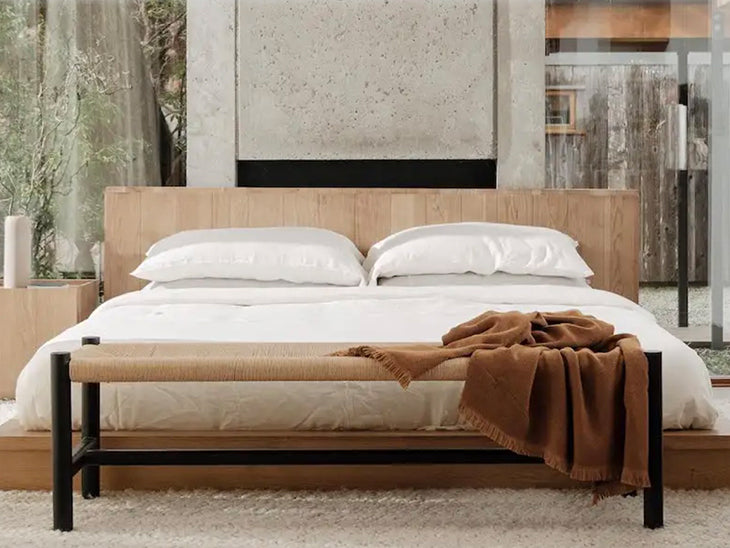From the sleek lines of a modern couch to the unembellished beauty of a natural wood table, furniture plays a pivotal role in creating that sought-after minimalist interior design. When home is where the heart is, there's no denying that it should be a haven of serenity - and that's where the magic of minimalism shines through. Enhanced by the right furniture, a minimalist design can add immense value to your home by offering a stress-free, uncluttered, and aesthetically pleasing environment. For those yearning to embrace such tranquility, this article is your key to successfully navigating the eye-pleasing and calming world of minimalist interior design and furniture.
Understanding Minimalism
Minimalism is an intriguing concept that has made significant inroads into multiple aspects of our lives, from art and technology to fashion and interior design. Its rise to modern popularity is intriguing and connected to various factors, making it a worthy topic of exploration.
Origins of Minimalism
The minimalist movement isn't a product of the contemporary era. Its roots date back to post World War II Western art, particularly in the US. Minimalism, as a concept, began making waves in the art world around the 1960s. This revolutionary approach encouraged artists to break away from traditional representational art to explore the bare essence of things.
Notable figures in the minimalist art movement include Agnes Martin, Frank Stella, and Donald Judd. Their works are marked by:
- Simplicity
- Use of monochromatic palettes
- Emphasizing the object's physicality over what it represents
Minimalism served as a critical reaction against the complexity and lavishness of Abstract Expressionism, favoring the simplicity of form and function over the ornate and the intricate.
Minimalism in Interior Design
As minimalism embedded itself into the broader culture, it inevitably branched out to interior design. Minimalist interior design, armed with the mantra 'less is more,' advocates for clutter-free spaces, simplicity, and functionality. Its appeal lies in its ability to create calm, serene spaces and promote a stress-free lifestyle.
While perceived as stark and cold by some, minimalist interior design is about intentionally focusing on what adds value to your life. Key principles that define minimalist interior design include:
- Emphasizing function over form
- Keeping surfaces clutter-free
- Using a monochromatic or neutral color palette
- Incorporating modern, streamlined furniture
In the era of stressful, fast-paced lives, minimalist interiors serve as soothing sanctuaries that bring peace and quiet. However, it's essential to remember that minimalism isn't about stripping life and spaces down to bare essentials; it's about making thoughtful choices that heighten your quality of life.
By understanding the origins of minimalism and its impact on something as ubiquitous as interior design, we can appreciate how this concept has transformed our perception of aesthetics and comfort. Scoped right, minimalism can remain an enduring reference point on our journey towards mindful and meaningful living.
Key Principles of Minimalist Design
As design trends evolve, one timeless approach that continues to captivate the attention of designers and consumers alike is minimalist design. Pioneered in the early 20th century, minimalism emphasizes the principle of 'less is more.' It strips away all unnecessary frills and focuses on simplicity, functionality, consistency, a neutral color palette, and quality over quantity. Whether you're a seasoned designer or starting your journey, understanding these key principles can help to create clean, attractive, and effective designs.
Simplicity
When it comes to minimalist design, simplicity takes center stage. The idea is not about making every detail as bare as possible, but rather achieving more with less. Capturing the essence of a design using simple shapes, lines, and forms not only creates a visually appealing outcome but also brings forth the major details without overwhelming the audience.
- Minimal elements: Making use of basic geometric forms, lines, and curves.
- Clean Lines: Emphasizing clean and crisp lines that define the space and structure.
- Wide-open spaces: Giving the design's elements breathing space by incorporating large, often white, areas.
Functionality
Minimalist design equates functionality with beauty. Every element in the design should serve a purpose since unnecessary details complicate the intended function of the design. In minimalist design, the functional aspect dictates the visual features, leading to purpose-driven and aesthetically pleasing designs.
- Effective use of typography: Choosing a simple yet legible typography that communicates effectively.
- User-friendly interface: Making the design easily navigatable and understandable for the users.
Consistency
Maintaining consistency is key to successful minimalist design. Consistency in style, colour, and layout helps to create a cohesive look and feel that's easy on the eye.
- Consistent color schemes: Sticking to a limited color palette to ensure visual harmony.
- Uniformity in style: Applying similar design styles throughout the project to maintain a unified look.
Neutral color palette
A neutral color palette is characteristic of minimalist design. Neutral hues create a tranquil and homely atmosphere that puts a focus on the content or message of the design.
- Earthy and pastel tones: Using subdued colors that add a touch of sophistication to the design.
- Contrast: Contrasting light and dark color tones to give depth to the design.
Quality over Quantity
In minimalist design, quality decidedly trumps quantity. It's about perfecting each element of the design and paying close attention to the details.
- Attention to detail: Every detail counts, so it’s crucial to take care in aligning, spacing, and positioning each component.
- Quality Materials: Using high-quality images, textures, and other materials reflects on the originality and quality of the design.
Mastering minimalist design might be challenging, but adopting these key principles can significantly improve your design skills. Remember, minimalism is not a lack of something; it's the perfect amount of something. So let your design breathe, keep it simple, and focus on the essentials for an effectively minimalist design.
The Role of Furniture in Minimalist Design
In the world of interior design, less can often mean more. This is especially true when it comes to minimalist design, where the surroundings are created to be simple, clutter-free, and calming. One of the major aspects of this design philosophy is the use of furniture. This article explores how furniture can make or break the minimalist aesthetic, and offers tips on how to strike the right balance.
Balancing Space and Furniture
Creating a minimalist design is all about understanding space. Often, the natural instinct is to fill up every available nook and cranny - but in minimalist design, the opposite is true. It's important to allow the room to breathe, thus creating a sense of calm and tranquility. Furniture plays a key role in achieving this balance. Here's how:
- Embrace negative space: Leaving certain areas of the room empty allows the eyes to rest and creates an open, airy atmosphere.
- Balance the weight of furniture: Distribute heavy items evenly throughout the room to avoid creating visual clutter.
- Limit the number of items: Use only what you need to maximize functionality and minimize clutter.
Choosing the Right Furniture
In a minimalist design, each piece of furniture should be carefully chosen for both its functionality and its aesthetic value. Here are some tips:
- Choose neutral colors: Shades of white, beige, gray, and black blend easily with the surroundings and contribute to a calm, serene environment.
- Look for clean lines and simpler designs: Ornate details can complicate the look. Instead, opt for furniture with simple, elegant designs.
- Quality over quantity: Invest in well-crafted, durable pieces instead of going for cheaper, more disposable alternatives.
Multifunctional Furniture
A minimalist room doesn’t mean devoid of essentials—it's about cleverly incorporating them. Multifunctional furniture serves more than one purpose, making it a perfect fit for minimalist design.
- Bed cum storage: A bed with storage drawers or compartments reduces clutter and increases the available room space.
- Expandable tables: An expandable dining or coffee table can save a lot of space when not in use and serve multiple functions.
- Convertible sofas: A sofa that converts into a bed for guests, or one with built-in storage, is a smart addition to a minimalist design.
The Art of Less is More
The cornerstone of minimalist design is the concept of "Less is More." Each piece of furniture must serve a function, and there should be no superfluous items. Anything that doesn't serve a purpose is seen as clutter, disrupting the serene and calming environment that the minimalist design aims to provide. Remember - simplicity is the ultimate sophistication.
Mastering the art of minimalism can take time and patience, but the payoff is a peaceful, clutter-free space that evokes a sense of calm and serenity. Paying close attention to furniture selection and placement can help you achieve the perfect balance of design and functionality in your minimalist layout. One must always remember that in minimalist design, every piece of furniture is a statement. Make it count!
Tips to Choose the Right Furniture for Minimalist Design
Minimalism is an increasingly popular approach to interior design, heralded for its sleek, clean lines, frugal use of decor, and an overarching philosophy that less is indeed more. The key to achieving this harmony lies in choosing the right furniture. So, how can one ensure their selections encapsulate minimalist ideals? Here are a few tried and tested tips:
Combining Functionality and Simplicity
The golden rule of minimalism is maximizing functionality while minimizing clutter. When selecting furniture, keep an eye out for pieces that serve more than one purpose. For instance, a chic couch with hidden storage space or a coffee table that can also serve as a workspace can be perfect choices for a minimalist space.
- Prioritize pieces that offer storage solutions.
- Consider convertible furniture that can serve multiple purposes.
- Avoid unnecessary elements and elaborate designs.
Sticking to Neutral Tones
A minimalist design's color palette typically revolves around neutral tones. When choosing furniture, opt for colors such as white, beige, gray, or earth tones, which provide a sense of calm and simplicity.
- Neutral colors help in maintaining a visually uncluttered space.
- Lighter shades can create the illusion of a larger space.
- Customize your furniture with accents of bolder colors to complement your neutral base.
Opting for Quality and Durability
Minimalism isn't about the lack of things, but rather, the careful selection of things that matter. This philosophy extends to choosing high-quality and durable furniture that stands the test of time, both aesthetically and practically.
- Invest in timeless designs that won't fall out of trends quickly.
- Choose high-quality materials that can withstand regular use.
- Remember that fewer, better pieces are preferable in a minimalist space.
Investing in Versatile Pieces
In minimalist design, the functionality of each piece of furniture is maximized. This includes choosing versatile pieces that can be adapted to various situations. Consider investing in furniture that serves different functions or can be rearranged to fit different settings.
- Opt for modular furniture that can be rearranged based on needs.
- Choose versatile pieces such as ottomans that can serve as seating, tables, or footrests.
- Look for adaptable designs that can be altered based on changing needs.
Embracing Clean Lines and Shapes
Minimalist design is all about simplicity and hence leans towards clean lines and geometric shapes. When choosing furniture, opt for designs that have a clear, simple form, devoid of ornate detailing or excessive decoration.
- Embrace straight lines and geometric shapes in your furniture selections.
- Avoid ornate patterns or carvings that increase visual noise.
- Opt for slim, sleek designs that maintain a sense of lightness in the room.
In the quest for a minimalist space, these furniture selection tips can guide you in creating a room that is simple yet sophisticated, functional yet stylish. Remember, minimalist design is about careful curating, investing in pieces that add value, and maintaining a clean, clutter-free environment. This minimalist mantra allows the room's very essentials, the furnishings, to be the stars of your space.
Realizing a Minimalist Interior Design
The world is bustling, and often cluttered, which inspires many to create a peaceful and streamlined environment at home through minimalist interior design. A minimalist design is characterized by its simplicity, with only essential items making the cut. It's about stripping things down to the basics and embracing the mantra of 'less is more'. By focusing more on the function of each furniture piece and decor element, it steps away from the idea of 'decorative clutter.'
Decluttering Process
Embracing a minimalist interior design begins with an intensive decluttering process. It's the step where one must honestly identify what's essential and what's merely occupying space.
- Start by handling one room at a time. This approach helps in managing the exercise without overwhelming oneself.
- Sort out items into categories of ‘keep’, ‘discard’ or ‘donate.’ If an object isn’t used regularly or doesn't provide some emotional value, it doesn't belong.
- Be strict with the process and intentional about what is kept. The aim is to cut the baggage and retain utility and value.
“Have nothing in your house that you do not know to be useful, or believe to be beautiful.” - William Morris
Furniture Arrangement
After clearing your space, the task of arranging furniture comes in. As a rule of thumb, maintain simplicity in design and ensure every piece has its purpose.
- Opt for furniture pieces with clean lines and simple forms. Avoid ornate details and excessive embellishments.
- Keep the color palette neutral. This keeps the visual clutter to a minimum thereby promoting calmness and peace.
- Allow plenty of open space between furniture pieces. A minimalist space encourages movement, therefore ensure your layout allows for easy navigation and a sense of openness.
Positioning and Decoration
Artistic placement and careful decoration play a significant role in minimalist design.
- Position your furniture and decor strategically to draw attention to the room's architectural features.
- Opt for artworks and accessories with a minimal aesthetic, such as simple line drawings or monochromatic photography.
- Use a limited color palette for wall paint, artwork, and decor. Stick to a mix of subdued tones and neutrals to instil tranquillity.
Maintaining the Minimalist Style
Keeping up with minimalism is a lifestyle more than a one-time effort.
- Regularly declutter and re-evaluate the items in your space.
- Stick to a ‘one in, one out’ rule. Every time you bring in a new item, remove an old one. This helps maintain balance and avoids the build-up of excess items.
- Deep clean regularly. Dust and dirt create visual chaos which contradicts the minimalist aesthetic.
By being intentional and selective about what occupies your space, you can indeed create and maintain a minimalist interior design. Here the emphasis is on simplicity, functionality, and serenity, which inadvertently makes the style timeless. It's an invitation to step back, declutter, and find joy in the essentials! The journey might seem challenging at first, but it's worth every step. Minimalist interior design isn't just about creating an appealing home, it's about crafting a lifestyle that cherishes simplicity, efficiency, and yes – peace of mind.
Conclusion
Adopting a minimalist interior design is much more than just decluttering and selecting furniture. It's a lifestyle choice reflecting a desire for simplicity, functionality, and elegance. Your home becomes a calm and soothing space, free from unnecessary distractions.
With the right guidance, as provided in this article, and quality furniture pieces, it's easy to create a minimalist setting that mirrors your style and personality. Minimal & Modern offers an array of modern furniture in step with minimalist principles - quality items with clean lines and neutral shades that can transform ordinary spaces into extraordinary ones.
Visit Minimal & Modern to explore our meticulously curated collection. Whether you're just starting your minimalist journey or need to add a contemporary piece to your existing decor, we're here to help. Embark on your minimalist design quest with us today!
Frequently Asked Questions
-
What is minimalist interior design?
Minimalist interior design is a style that focuses on simplicity, functionality, and clean lines. It involves using minimal furniture and accessories, neutral colors, and decluttering to create a calm and organized space.
-
How can I achieve a minimalist interior design?
To achieve a minimalist interior design, start by decluttering and getting rid of unnecessary items. Choose furniture pieces that are sleek, simple, and functional. Use a neutral color palette, incorporate plenty of natural light, and maintain a clean and uncluttered space.
-
What kind of furniture is suitable for minimalist interior design?
Furniture for minimalist interior design should be sleek, simple, and functional. Opt for furniture with clean lines, minimal ornamentation, and a neutral color palette. Choose pieces that serve multiple purposes and have hidden storage options to maximize space.
-
What colors work best for a minimalist interior design?
Neutral colors such as white, beige, gray, and earth tones work best for a minimalist interior design. These colors create a sense of calm and cleanliness. You can add small pops of color sparingly, but the overall palette should remain subdued.
-
How do I create a sense of warmth in a minimalist interior design?
To create a sense of warmth in a minimalist interior design, use natural materials like wood and warm-toned textiles. Incorporate soft lighting and add cozy textures through rugs, cushions, and throws. Balance the minimalism with elements that evoke comfort and coziness.

